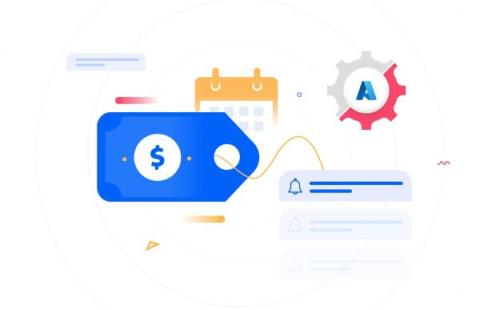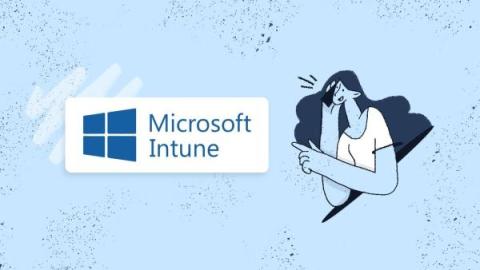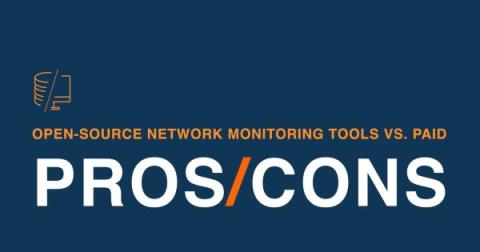Monitoring Your Cloud Environments and Applications with InfluxDB
If you run your business on the cloud, you want to maximize what you’re getting for your money and ensure your cloud applications perform up to expectations. To do this, you will need a solid cloud monitoring strategy. This post covers different types of cloud monitoring, their benefits, and some best practices to set you on the right track.











